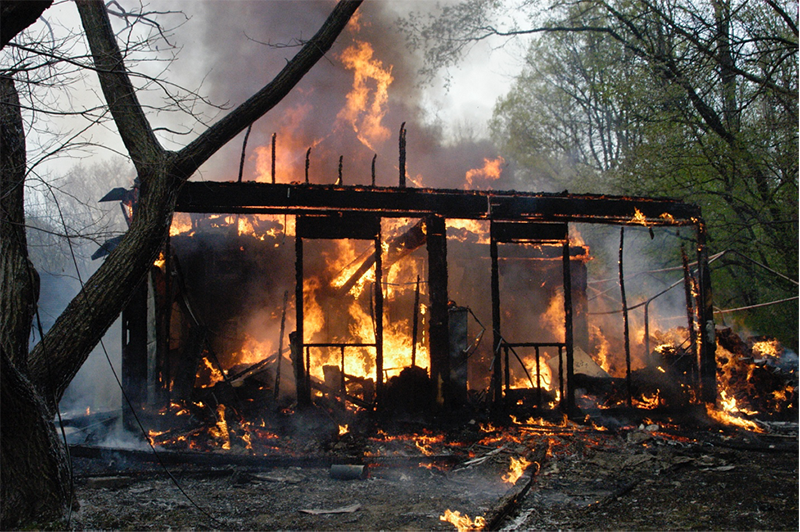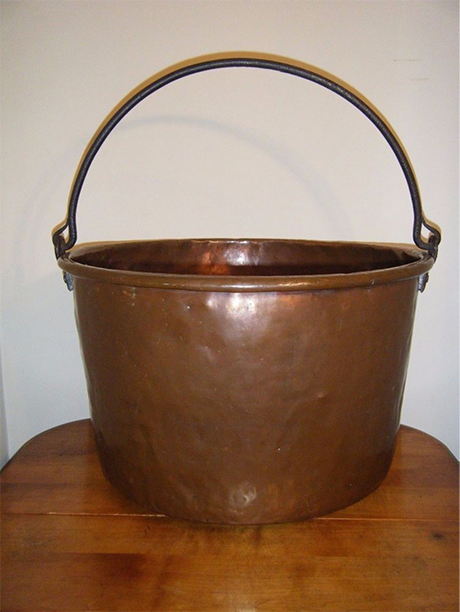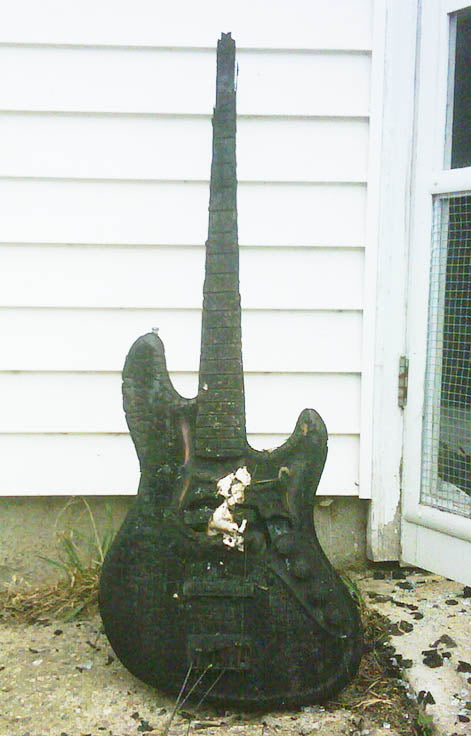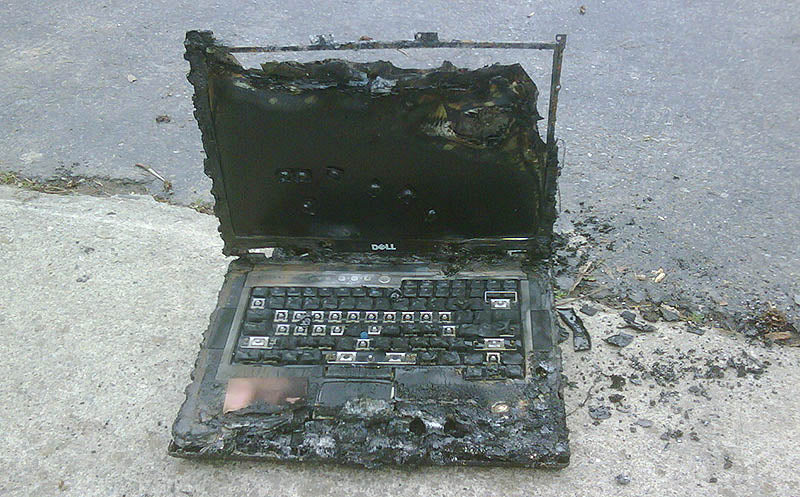Dear intrepid reader: I’m sure when you first saw the title of this article, you naturally assumed I would work Don McLean’s song of the same name into it. Sorry, I have no such intention. While that was a profoundly sad day for Don, this is a story of a more personal note. However, I can assure you that no levees or Chevys were harmed in any way for this article. Read on.
Thanks for sharing. Perhaps you’ve heard a mother say that to a child who’s just committed a faux pas and needed a not-so-subtle shaming rebuke. My brother and I were raised at an early age to share everything. Music was no exception. And so, we naturally built a common music library together without the need for such admonishment.
It began with the 1985 BMW 325e I drove. The 325e had a tremendous Blaupunkt sound system in it, albeit cassette tape-based. The system really brought out the production of Dire Straits’ Brothers in Arms and had the best balance of space and silence of any car audio we had ever listened to.
My brother and I both had chocolate Labrador Retrievers from the same litter. We would meet at the family cabin, go inside, light a fire in the wood stove, feed and water the pups, and then let them neck wrestle. We’d each grab a beer and go back out to listen to music in the BMW. When we needed another beer, we’d go back in to check up on the little heathens (they were always OK), grab another beer, and head back out to the BMW for more music. We’d repeat as necessary until the cabin warmed up. All four of us were happy and the little miscreants would be worn out and slept well. So did we.

1985 BMW 325e in Gazelle Beige, which is the color of road dirt. Don’t lean on it, or you’ll get a big surprise. It had a cockpit that felt like a fighter jet and crazy performance off the line. It also got 38 miles per gallon! From German Cars for Sale Blog.
Our music library started about the time the first iPod hit the market. Remember the one that had the non-moving steering wheel on the front and was about an inch thick? The early iPods had little memory by today’s standards, so CDs were ripped as low-resolution MP3s and later low-resolution AACs to save space. I later sold that unit to a collector for what I had paid for it, so it wasn’t a compete boat anchor in the end. It kept me company on many an airplane ride.

First-generation Apple iPod. Courtesy of Wikipedia.
To feed the hungry iPod, we both started buying CDs. My brother had a subscription to one of those services that allowed you to select several CDs on a regular basis and then they padded the order with CDs they wanted you to have. Their selection included genres such as dance music, which we would never have picked by choice. Together, we amassed just shy of 500 gigabytes of ripped music in a very eclectic library.
Along the way, my brother inherited the family farm. As with all new owners, existing structures get remodeled to the new owner’s vision. And so it was with the farm. The first major improvement was an outdoor wood-burning boiler. The farmhouse, built in the 1800s, had no insulation and the heating oil bills were killing him. My brother was young and in good shape, so he didn’t mind the exercise he got from cutting 14 cords of wood each year. The gas, oil and maintenance on the chainsaws was far less than the cost of heating oil. Just toss in a couple of logs once or twice a day and the boiler took care of itself. To feed the hungry furnace, the wood was stacked to cure under a tarp behind one of the outbuildings, which was in close proximity.
The next project was to convert that outbuilding into a small shop, a larger family gym, some storage, and an office upstairs. Of course, the gym and office would be heated by the furnace; just cut more wood.
When the project was complete, the gym equipment was moved in, along with a small music system and the music library CDs. After all, you had to have tunes to lift iron. Maybe one of the best was INXS’ “Suicide Blonde.” There’s nothing finer to listen to while doing arm curls.
The storage area had two Sandusky cabinets filled with ammunition from my brother’s days as a competitive smallbore marksman. He was a collegiate smallbore competitor and had attended the Olympic Development Program. He had attracted the attention of ammunition manufacturers, who showered him with free ammo for practice. Competitors at that level can burn several thousand rounds per month.
Monday, April 15, 2010 began just like any other day. Haul the burnable trash out to the burn barrel, throw in a match, get the kids in the car and drive them out to the school bus. On the way back, my brother noticed a lot of black smoke and thought someone had a big fire. As he got closer, he realized he had a big fire. The building was completely ablaze in minutes. Little did we know that we would be “Burning Down the House.”

The conflagration after only a few minutes. The fire department had not yet arrived. To the right you can see the framework that held the tarp and the remains of the firewood on fire.
The theory is that sparks jumped from the burn barrel, which had been moved the day before in order to cut the grass below it, to the tarp. As the tarp burned, it lit the vinyl siding of the building on fire. As the wall burned, it heated up the ammunition and it all went up as well, creating an intense conflagration. Contrary to popular notion, modern smokeless power, unlike traditional black powder, does not explode. It burns, but very rapidly, and produces enormous heat. The heat was so high that the brass from the ammunition and the copper from two antique apple butter kettles completely disappeared. The only trace left of the kettles was their iron rims and bails.
When they began the cleanup and went to raze the building, they found a big pool of lead in the storage area, several inches thick. Or perhaps it was an amalgam of lead and brass from the ammunition and copper from the kettles. It weighed so much that the back wheels of a front-end loader came off the ground when they tried to pry the pool of lead up from the concrete floor.

Pennsylvania Dutch apple butter kettle with iron bail (image source unknown).
Structural fires can exhibit exceptionally odd and anomalous behavior. The shop area at the far end of the picture above went virtually unscathed. That might have been due to the arrival of the fire department, or the fact that the source of the fire was at the near end of the building in the storage area.
Despite the intense heat in the storage area at the bottom of the stairs to the office area, some of the items in the office didn’t completely disappear. The laptop computer, while a complete loss, still had intact parts. Yes, of course the laptop was backed up – and the backups were sitting on the desk right alongside the computer. Duh. Lesson learned.
 |
 |
A 1985 Fender American Deluxe Jazz Bass (similar to the one pictured at left) was artistically customized. The fire converted it to a headless design and the sunburst finish became charcoal gray after immolation.
One of the big losses was a custom-made bass guitar. It started as a maple tree on the property; the tree was deceased and originally scheduled to be firewood, but it turned out to be heavily figured birdseye maple. My brother commissioned a retired luthier from Nazareth, Pennsylvania to build the bass. It was finished in emerald green lacquer with an ebony neck. It was a gorgeous instrument. Unfortunately, all the pictures have been lost along with the bass.
All of those things can be replaced, albeit at considerable cost. But the bigger loss was the CD library. All of the CDs melted together into a shiny mass of plastic, but didn’t combust. They were all ripped at low resolution and we’d love to re-rip them in a new lossless format, such as FLAC or ALAC, but we can’t. Many of them are out of print.
Gone are classic CDs by Grover Washington Jr, every album by Rush and Kansas, some great ones by Pat Metheny, and some outliers (for us) such as Black Sabbath. The really unfortunate losses are some great guitar discs by Larry Carlton, Lee Ritenour, Joe Pass, and others. The greatest irony of all was King Crimson’s Discipline, lying on top of the pile, its bright red background melted into a twist that mimicked the Escher-like grey twisted knot design on the album cover.
And that’s how the music died. All we have left are the low-resolution MP3s. Slowly, and as available, we’re replacing some of our losses, but we’ve learned our lesson. We now shop in the used record store for only the classic releases in good condition.
About The Author
After surviving a misguided youth, the author briefly dabbled in civil engineering and professional photography. Facing bankruptcy, he found his true calling as a software engineer. He spent the last 25 years of his career writing device drivers, firmware, protocol stacks, engineering specifications and documentation. Sadly, he’s learned the hard way not to play with matches.



